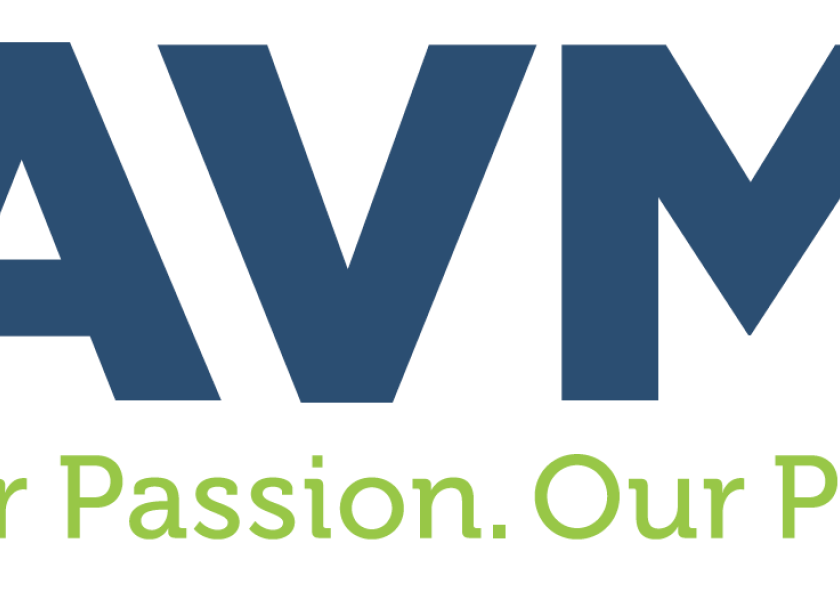Veterinary organizations support strong licensure requirements

The American Veterinary Medical Association (AVMA), American Association of Veterinary State Boards (AAVSB), Association of American Veterinary Medical Colleges (AAVMC) and National Association of Veterinary Technicians in America (NAVTA) have released a joint statement of support for licensing requirements. Together, these groups are working to standardize and improve licensure standards for veterinarians and veterinary technicians.
Licensing of veterinarians and veterinary technicians is vital to protecting the health, safety and wellbeing of the public and animal patients. For instance, licensure ensures veterinary professionals meet a necessary level of competence through recognized educational programs and successful completion of an examination. Additionally, licensure ensures that veterinarians are properly trained to comply with state regulations on controlled substances such as opioids.
“Veterinarians take care of our pets, protect our food supply, defend against bioterrorism and prevent diseases that threaten public health,” said AVMA President Dr. John de Jong. “It’s important we ensure that each member of the veterinary profession, including veterinary technicians, is armed with the necessary knowledge to do these jobs effectively. Strong licensing standards help us do that.”
“Professional licensure goes to the heart of protecting the health and wellbeing of people and animals,” said AAVMC CEO Dr. Andrew T. Maccabe. “It also affects the future development and sustainability of the veterinary medical profession. We appreciate this opportunity to align with our colleagues at the AVMA, the AAVSB and NAVTA and make this very important statement to the public.”
As part of the profession’s collective efforts to improve licensing, the AAVSB is studying ways to promote uniformity and standardization in licensure – including the development of the Veterinary Application for Uniform Licensure Transfer (VAULT) program, which provides a centralized process for veterinary regulatory boards to obtain a verified record of a veterinarian’s or veterinary technician’s credentials.
“The AAVSB conceived and launched the VAULT program for its member regulatory boards to simplify and streamline the process for licensees and potential licensees in the interest of public protection. Modernizing the mobility process for veterinarians and veterinary technicians ensures that the public has access to highly qualified professionals,” said AAVSB President Dr. Mark Olson.
Additionally, NAVTA is collaborating with state veterinary technician associations to standardize veterinary technician credentials to support mobility and license portability.
"Veterinary practices realize their full potential through the team approach, which includes veterinary technicians and veterinary nurses,” said NAVTA President Kara M. Burns. “It is important that pet owners understand that educated and licensed personnel are caring for their pets. Licensing of members in our profession ensures qualified individuals capable of the appropriate judgment in promoting better patient care, public health and pet owner protection are available to answer the call."
Together, these efforts will help protect the public from individuals who may fail to follow veterinary regulations or ethics in a way that endangers public health or animal patients.







